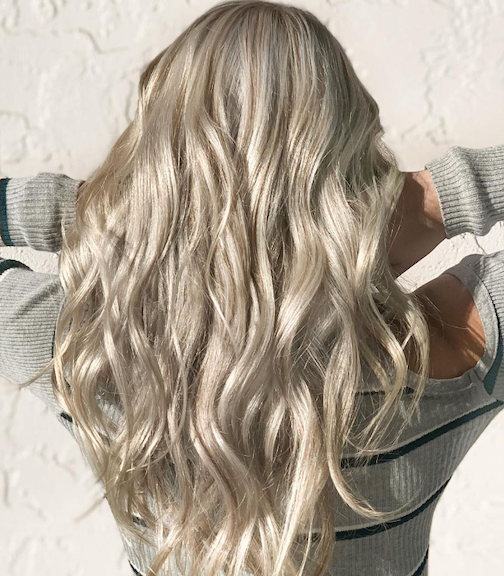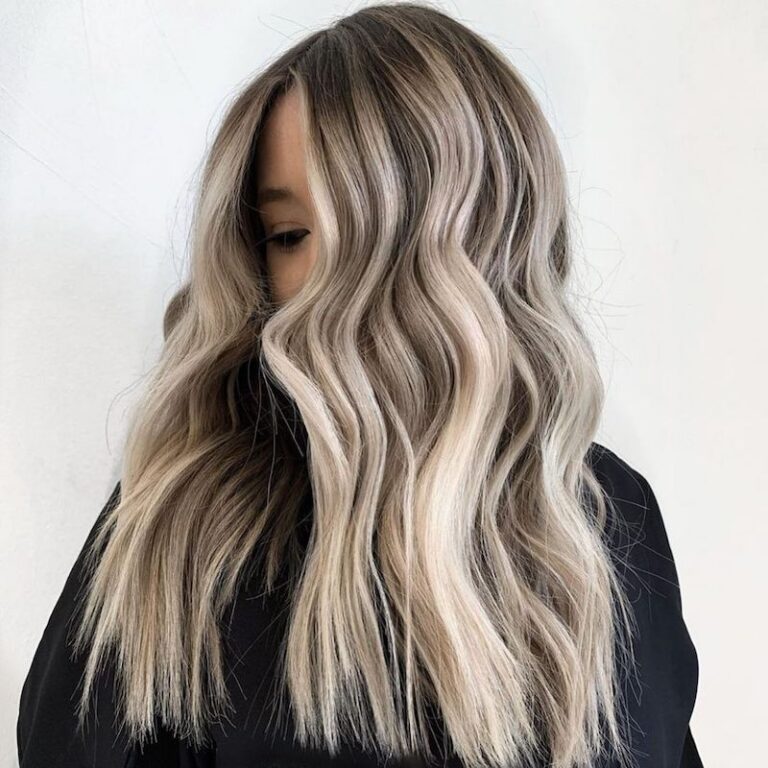In the world of hair color, there are endless techniques and trends to explore. Two popular methods that often get confused are “blonding” and “balayage.” While both can achieve stunning results, they are distinct techniques with their own processes and outcomes. Let’s dive into the world of hair color to uncover the differences between these two approaches.

Blonding
Blonding, as the name suggests, is primarily focused on lightening the hair to achieve a blonde hue. It’s a comprehensive process that involves lifting the natural pigment from the hair and depositing a blonde shade. This technique is ideal for those looking for a uniform, all-over blonde look.
- Consultation: The journey begins with a thorough consultation between the client and the stylist. During this discussion, the desired shade of blonde, the client’s natural hair color, and the condition of the hair are all taken into account.
- Preparation: Before applying any color, the stylist prepares the hair by sectioning it and applying a protective barrier to shield the scalp and prevent damage.
- Lightening: Next comes the lightening process. The stylist applies bleach or lightener to the hair, carefully monitoring the development to achieve the desired level of lightness.
- Toning: Once the hair has reached the desired level of lightness, toning comes into play. This step helps neutralize any unwanted undertones and creates a cohesive, polished blonde shade.
- Maintenance: Maintaining blonde hair requires regular touch-ups to address root growth and prevent brassiness. Quality haircare products tailored for color-treated hair are essential to keep the blonde looking vibrant and healthy.
Balayage
Balayage, a French term meaning “to sweep,” is a freehand highlighting technique that creates soft, natural-looking dimension. Unlike traditional foil highlights, which can result in a more uniform color, balayage offers a sun-kissed effect with softer, blended transitions between shades.
Here’s how the balayage technique differs from blonding:
- Application: Balayage involves hand-painting highlights onto sections of the hair, focusing on the areas where the sun would naturally lighten the hair. This technique allows for greater control over the placement of highlights, resulting in a customized look tailored to the client’s preferences.
- Blend: One of the defining characteristics of balayage is its seamless blend. Instead of stark contrast between light and dark sections, balayage creates a soft, graduated effect that mimics the subtle variations found in natural hair color.
- Maintenance: Balayage is known for its low-maintenance appeal. Since the highlights are strategically placed to grow out gracefully, clients can go longer between touch-up appointments compared to traditional foil highlights.
Choosing the Right Technique
When deciding between blonding and balayage, it’s essential to consider factors such as desired outcome, maintenance preferences, and lifestyle. Blonding is ideal for those seeking a classic, all-over blonde look with uniform color, while balayage offers a more natural, sun-kissed effect with less maintenance.

Ultimately, both techniques have their merits and can yield stunning results when executed by a skilled stylist. Whether you opt for the precision of blonding or the effortless beauty of balayage, the key is to work with a trusted professional who understands your vision and can bring it to life with expertise and creativity. Ready to transform your hair into a work of art? Book your appointment at Adorn Salon today and experience the magic of blonding and balayage!

